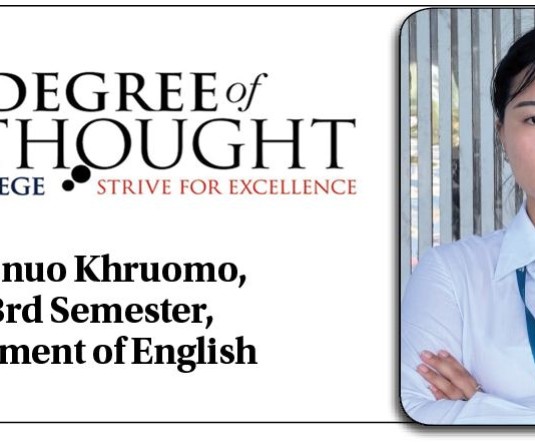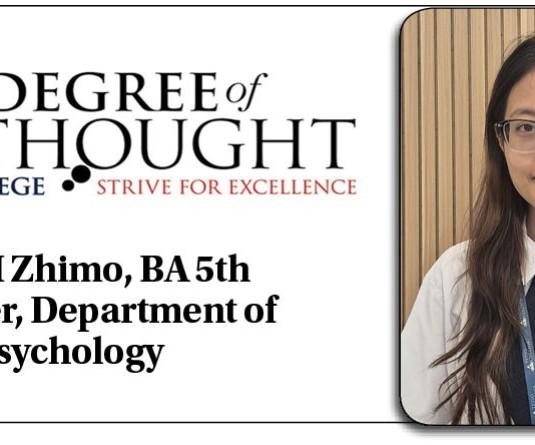
“Each time a language dies, another flame goes out, another sound goes silent.”
-Ariel Sabar
The quote by Ariel Sabar beautifully captures the essence of the loss associated with the extinction of languages. Language loss includes the loss of the entire culture carried within the language. When a language dies without any documentation, recording, or written form, the community dies with it. It is estimated that there are around 7,000 languages in the world but more than half are on the brink of fading in the coming decades. Every two weeks a language disappears forever. When a language meets its death, it takes along with it centuries of cultural wisdom, traditions, and unique ways of understanding the world. This loss deprives humanity of diverse perspectives, insights, and expressions that enrich our collective heritage. This loss resonates not only with the community but with the world at large.
One may ask how or why languages are dying. The decline in an indigenous language is influenced by various factors, including the tendency of the younger generation to favor widely spoken languages (English or Hindi) over their native tongues. This preference usually arises due to the perception that the English language offers better economic opportunities, greater social status, or a more extensive communication network. Even in Naga society, it is apparent in the usage of the English language among the younger generation. Another factor that includes education policies that prioritize dominant language teaching over indigenous language contributes to language decline. Intermarriage further erodes linguistic identity within families. Additionally, the erosion of traditional cultural practices diminishes the need for indigenous languages.
Now, one may ask what one can do to preserve one's language. Preserving language is a crucial endeavor that involves maintaining and safeguarding a language's integrity, heritage, and cultural significance. Languages are the carriers of culture, history, and identity, serving as a vital link between individuals, communities, and generations. In the face of globalization, urbanization, and technological advancement, many languages are at risk of extinction or marginalization. Therefore, preserving languages is essential for fostering diversity, inclusivity, and linguistic richness in society.
Preservation of language is not merely about conserving words and grammar; it's about safeguarding the very essence of cultural identity and heritage embedded within each linguistic expression. It involves a concerted effort to transmit linguistic knowledge, traditions, and values from one generation to the next, ensuring that the unique voices and perspectives encapsulated within each language endure. Language preservation initiatives encompass a wide array of activities, from recording oral histories and documenting indigenous knowledge to revitalizing endangered languages through education and community engagement. By cherishing and nurturing languages, we celebrate the richness of human expression and honor the diverse tapestry of cultures that make up our world. Ultimately, the preservation of language is an affirmation of our shared humanity and a commitment to embracing the beauty of linguistic diversity.
Here are some simple strategies an individual or a community can follow are -
1. By using language regularly: Using one's language regularly entails immersing oneself in daily usage and integrating it into various aspects of life. This involves speaking one's language with family members at home, conversing with friends in social settings and participating in community events where the language is spoken. Additionally, by reading books, newspapers, or online articles, listening to radio programs or watching entertainment.
2. Additionally, the effort of documentation and recording helps a lot in preserving language. Documentation and recording of languages involve creating written records, audio recordings, videos, and other forms of documentation including documentation of vocabulary, grammar, oral traditions, and cultural practices associated with one's language. For instance, the effort of the Tetso community in creating NEIIPA (The North-East India Indigenous Peoples Archive) for the documentation and archiving of North-East Languages.
3. Organization of cultural events plays a crucial role in preserving indigenous languages within communities. These events will provide opportunities for community members to come together and share cultural traditions, whether it's through storytelling, folk songs, art, or literature.
4. Mother Tongue Language Teaching is another important factor in language preservation. Speaking Mother Tongue is no longer sufficient but learning how to read and write in it is another major step to revitalize our language. Notable examples like ‘Dimapur Sütsah Academy’ providing a Diploma in Sumi language and literature, and the first ‘Konyak Language Day’ an initiative taken by the Konyak Literature Board with the aim to retrieve, Restore, and Re-learn Konyak Language. I hope to see more initiatives on putting our mother tongue at work and in action.
The above points are not adequate to preserve a language from its death. The efforts of each individual, society, and community are needed to make sure that languages continue to thrive and enrich heritage. In the words of Shri T Senka Ao, "Language is power, and when you lose your language, you are no better than a slave." This quote underscores the profound connection between language, empowerment, and identity, emphasizing the urgency of language preservation.
Thus, preserving language is crucial for maintaining cultural identity, fostering diversity, and ensuring the continued transmission of knowledge, traditions, and values associated with a particular language and culture. By valuing and protecting linguistic diversity, societies can contribute to a more inclusive and culturally vibrant world.
Degree of Thought is a weekly community column initiated by Tetso College in partnership with The Morung Express. Degree of Thought will delve into the social, cultural, political and educational issues around us. The views expressed here do not reflect the opinion of the institution. Tetso College is a NAAC Accredited UGC recognised Commerce and Arts College. The editorial team includes Chubamenla, Asst. Professor Dept. of English and Rinsit Sareo, Asst. Manager, IT, Media & Communications. For feedback or comments please email: dot@tetsocollege.org






